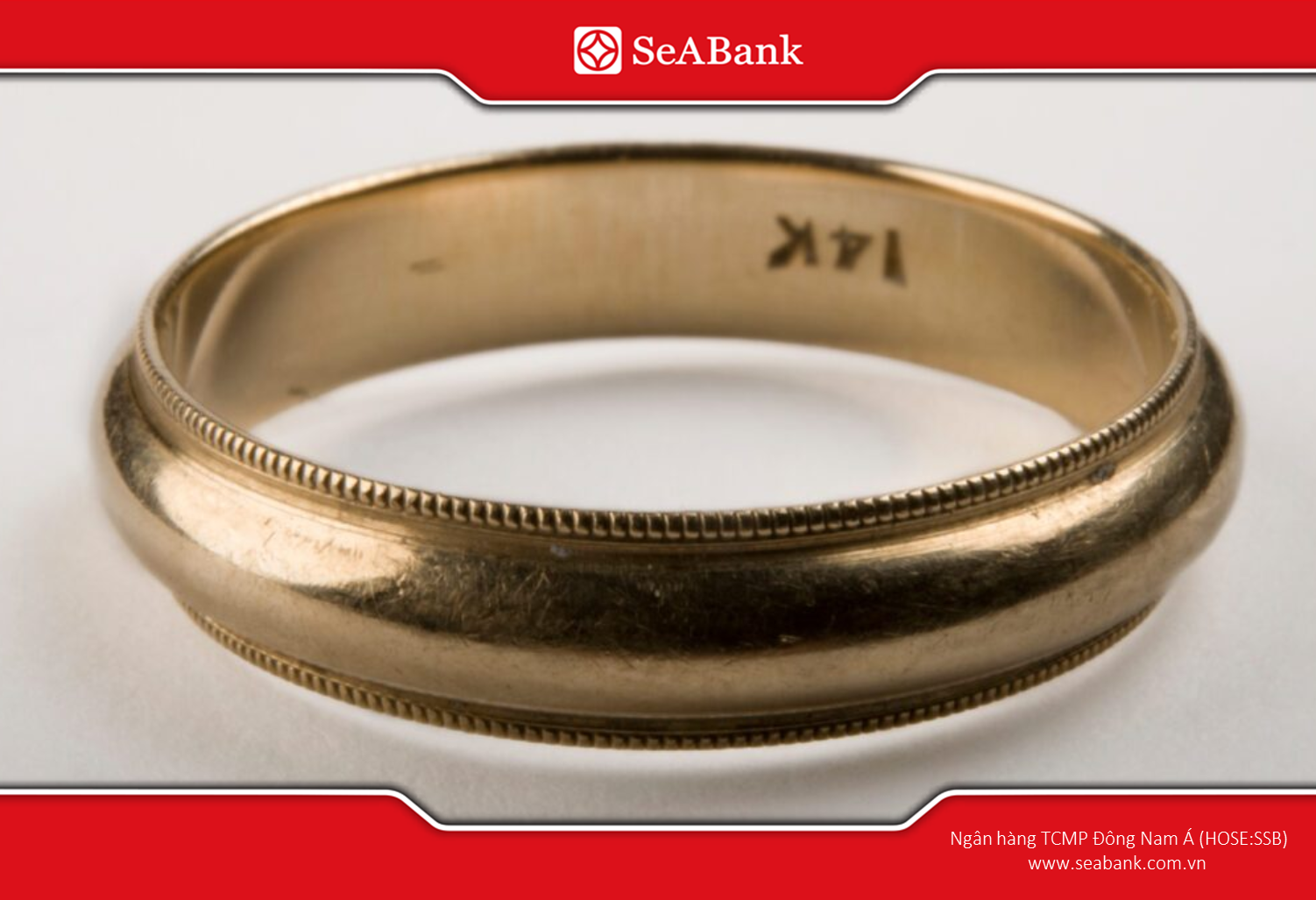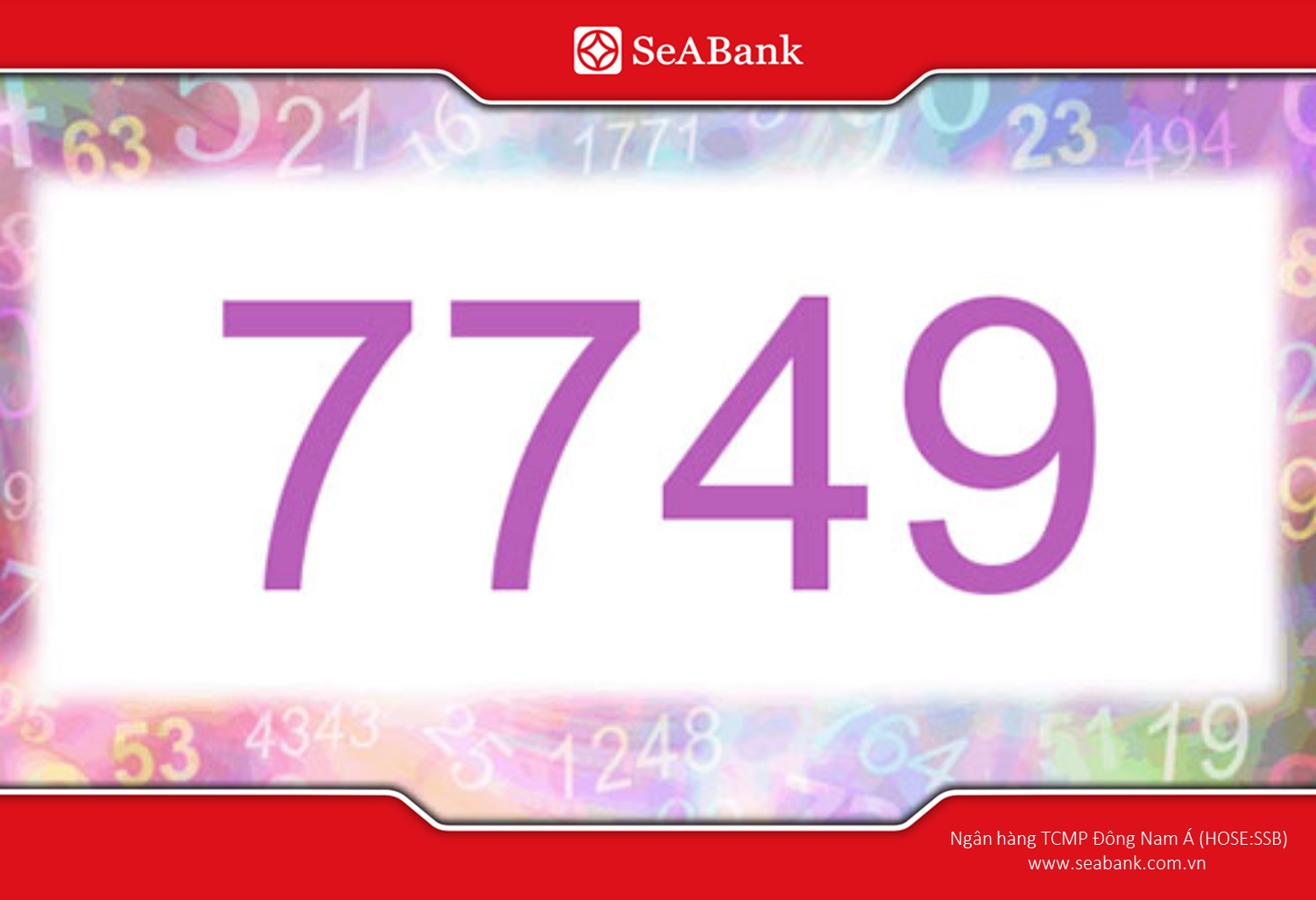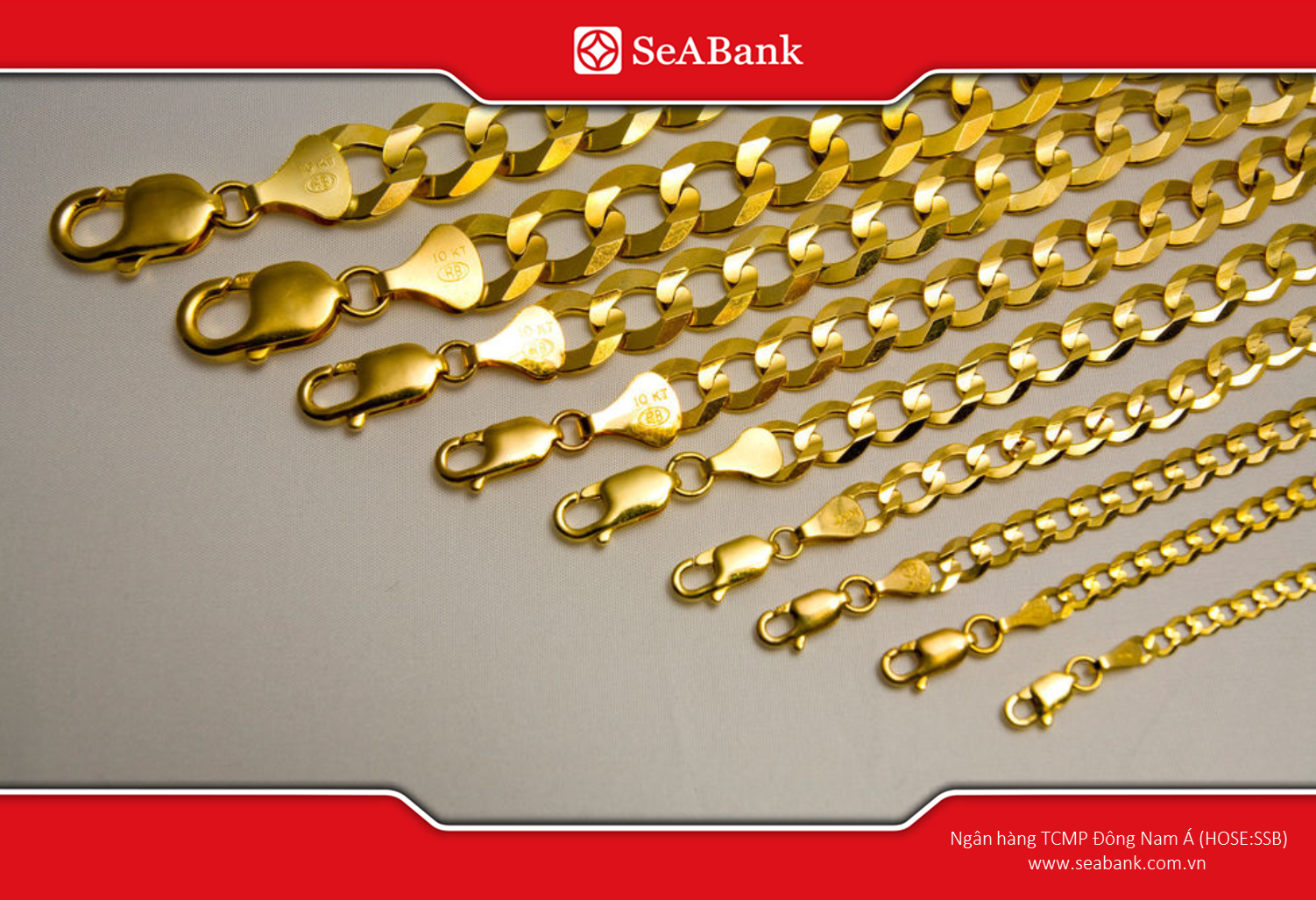News
Comparison of current types of Letters of Credit (L/C): Which should businesses choose?
25/04/2025
There are various types of Letters of Credit (L/C) available on the market today, each with its own distinct features and applications. Let’s explore the key types of L/C and understand which might be the most suitable for your business needs.
In today’s increasingly complex international trade environment, selecting the appropriate type of Letter of Credit (L/C) can help businesses minimize risks and optimize profits. But which L/C is best suited for business needs? This article compares the most common types of L/C, helping you understand the advantages and limitations of each, so you can make informed decisions that protect your interests and support your growth.
What is a Letter of Credit (L/C)?
A Letter of Credit (L/C) is a conditional payment commitment issued by a bank, promising payment to the seller provided that the required shipping and transaction documents conform to the terms specified in the L/C.
Types of L/C and How to Choose the Right One
There are several types of L/Cs available, each designed for different business scenarios. Below is an overview of the most widely used L/Cs and their ideal use cases:
1. At Sight L/C
An At Sight L/C is an irrevocable credit instrument where the exporter receives immediate payment upon presenting the required documents that comply with the terms of the L/C. It is a secure payment method for sellers, as they get paid even if the goods have not yet reached the buyer. Best suited for:
- Businesses seeking immediate payment after shipment.
- Companies with limited cash flow needing quick reinvestment.

2. Deferred Payment L/C
A Deferred L/C is an irrevocable credit in which payment is made after a specified period from the date of presentation of compliant documents. This type allows time for the buyer to inspect the goods or resell them before making payment. Best suited for:
- Financially stable buyers.
- Businesses wanting to extend payment cycles.
- Companies requiring quality inspection prior to settlement.
3. Confirmed L/C
A Confirmed L/C includes an additional payment guarantee from a second bank, usually in the seller’s country. It adds a second layer of assurance, reducing the risk of non-payment. Best suited for:
- Exporters requiring guaranteed payment.
- Companies dealing with new or less-trusted buyers.
- Sellers hesitant to rely solely on the issuing bank's credibility.

4. Transferable L/C
A Transferable L/C allows the first beneficiary (often an intermediary) to transfer part or all of the credit to one or more second beneficiaries. This facilitates flexibility in payment arrangements, especially in trading or supply chain operations. Best suited for:
- Intermediary trading companies.
- Businesses unable to fulfill orders on their own.
- Complex projects involving multiple suppliers or subcontractors.

5. Back-to-Back L/C
A Back-to-Back L/C involves issuing a second L/C based on an existing (master) L/C. This structure helps intermediaries who cannot disclose the identity of the end customer or who require a separate credit for suppliers. Best suited for:
- Traders acting as intermediaries.
- Companies seeking to maintain confidentiality in supplier relationships.
- Complex supply chains involving multiple parties.

6. Revolving L/C
A Revolving L/C automatically reinstates its value once used or upon expiration. This is ideal for ongoing transactions of fixed or similar values over a specific period. Best suited for:
- Businesses with recurring trade with the same partner.
- Transactions involving goods with stable pricing.
- Firms seeking predictable and efficient payment cycles.

7. Reciprocal L/C
A Reciprocal L/C is only effective when a counter L/C is opened by the other party. It's often used in barter transactions or contract manufacturing. Best suited for:
- Barter trade arrangements.
- Subcontracting for export manufacturing.
- New trade partnerships seeking mutual security.

8. Red Clause L/C
A Red Clause L/C allows the beneficiary to receive an advance payment to purchase goods or raw materials prior to shipment. The advance is deducted from the final settlement. Best suited for:
- Importers needing upfront capital to prepare shipments.
- Exporters requiring pre-shipment financing.
- High-value transactions needing advance arrangements.
9. UPAS L/C (Usance Payable At Sight)
UPAS L/C combines features of both sight and usance L/Cs. The exporter receives payment at sight, while the importer benefits from a deferred payment period, often up to 360 days. Best suited for:
- Importers with long capital turnover cycles or limited access to working capital loans.
- Exporters wanting immediate cash flow while remaining competitive.

Choosing the Right Bank for L/C Services
A Letter of Credit is a vital tool for secure international transactions. However, selecting a trustworthy and experienced bank is just as important as choosing the right L/C type. If you're unsure where to start, consider SeABank—one of Vietnam’s leading commercial banks—offering comprehensive L/C solutions tailored to diverse business needs. SeABank provides:
- A full spectrum of L/C types, including At Sight, Deferred, UPAS, Confirmed, and more.
- Fast and efficient processing, reducing transaction time and improving efficiency.
- Competitive fees, making L/C services accessible for businesses of all sizes.
- Expert support, with experienced trade finance professionals available to guide clients through every step.

Choosing the right L/C structure is key to safeguarding your transactions and optimizing working capital. With the right partner, like SeABank, you can confidently navigate global trade with secure, flexible, and efficient financing tools.
Related News
How much is 14K gold? Update the latest 14K gold price 2025 28/11/2025
What is 7749? Decoding the meaning from folk concept to Gen Z language 28/11/2025
How much is 10K gold? Update the latest 10K gold price 2025 28/11/2025
How much is 1 million Chinese Yuan in Vietnamese Dong? Update the latest CNY exchange rate 28/11/2025
What is 750 White Gold? All About Price and Features 28/11/2025

How much is 14K gold? Update the latest 14K gold price 2025
How much is 14K gold today? Update the latest 14K gold buying and selling prices in 2025 and instructions for converting 1 tael of 14K gold.
28/11/2025
Read more

What is 7749? Decoding the meaning from folk concept to Gen Z language
Discover the meaning of number 7749 from folk beliefs to Gen Z language and how to choose a beautiful, feng shui-compliant account number at SeABank.
28/11/2025
Read more

How much is 10K gold? Update the latest 10K gold price 2025
How much does 10K gold cost? Learn more about 10K gold - the most durable and cheapest gold, suitable for everyday jewelry.
28/11/2025
Read more







